New chapter in the history of Vietnamese fine arts
Since 1975, when the country was unified, the fine arts of the whole country merged into a common flow, creating a panoramic picture of modern Vietnamese fine arts. Artists from the three regions, drunk with the joy of peace and victory, enthusiastically integrated and excitedly reflected the new life, the new people full of faith and hope in the construction of socialism.
The socialist realism method, which dominated the period 1954-1975, continued to be maintained, popularized, and spread from North to South. Along with new information about international art from outside, it expanded the concept of artistic language, creating the premise for a turning point in the renovation period.
The public visits the Exhibition "Vietnamese Lacquer Products", September 2024. Photo: THANH TUNG |
Despite material difficulties, fine arts activities still took place on a large scale and made significant progress compared to the previous period with an optimistic spirit and faith in life. Movement-based creative activities developed strongly. National fine arts exhibitions in 1976, 1980, 1985; regular thematic exhibitions such as the 10-year national sculpture exhibition, the exhibition of paintings and sculptures on the theme of the armed forces, graphic art exhibitions, exhibitions of paintings and sculptures by young authors... with the participation of famous artists and many quality works. In addition, a number of typical group or individual exhibitions left their mark in fine arts activities such as the exhibition of paintings by Tran Van Can, Van Giao, Nguyen Tu Nghiem-Duong Ngoc Canh-Vu Duy Nghia (1980), Nguyen Sang, Bui Xuan Phai (1984), Kim Bach (1985)...
In the early 1980s, modern art trends were like a new and attractive breeze for Vietnamese artists. Since the 1986 renovation milestone, the Party's guidelines and policies, the State's management policies on literature and art in general, and fine arts in particular, have changed in terms of thinking, perception, and encouragement of the creative spirit of artists. However, perhaps an unavoidable rule is that the theme of revolutionary war gradually decreased, replaced by nostalgia, childhood memories, and the countryside. Rural themes with festivals, religions, folk beliefs, customs, practices, and yin-yang philosophy developed strongly. Fine arts returned to traditional culture, through which they sought to express national cultural identity. Themes of love, individuality, gender, globalization, etc. began to be mentioned, although not much. Artistic language and concepts were gradually expanded.
In the early 1990s, the young generation of artists progressed rapidly on the path of experimentation and exploration of their own language. Vietnamese fine arts entered a very unique modern development phase, absorbing the influence of previous famous artists such as "Nghiem, Lien, Sang, Phai", and at the same time having the multi-dimensional influence of international languages: from cubism, surrealism, abstraction trends... The unique visual thinking and distinct aesthetics of the Vietnamese people, with primitive emotions associated with villages, nature, a cultural life imbued with folklore and beliefs, make contemporary Vietnamese art have its own unique and interesting color. Northern fine arts popularized the trend of returning to traditional village culture, exploiting naive, primitive folk aesthetics, while the South strongly developed the abstract trend.
Identity shaping
During the transitional period between two centuries, young artists began to study contemporary art with the issues of their generation. Some artists were excellent students of the Vietnam University of Fine Arts and became pioneers of contemporary art in Vietnam, creating performance art, video art and installations.
In the early 21st century, installation and performance art had a time when it emerged strongly, many older artists also joined the contemporary game, innovating the artistic language such as Nguyen Bao Toan, Dao Anh Khanh. Besides, young, individual artists such as Pham Ngoc Duong, Ly Hoang Ly, Nguyen Huy An, Vu Duc Toan, Phuong Linh left a deep mark in the contemporary art life. New art forms also began to take shape in national art exhibitions with installation works, video art by Nguyen Van He, Le Tran Hau Anh... In 2011, the performance work "Feeling" by Nguyen Van He won third prize at the national art exhibition. However, new art trends only emerged for a while and gradually fell into decline. Except for a very few artists who worked persistently, had a clear mindset and direction, most of the new authors and artworks in Vietnam were still heavy on form and lacked depth.
Up to now, the team of painters and sculptors has developed in large numbers. In general, this team still creates good works, but their own style and typical breakthroughs in form are not yet evident. Exhibitions organized by the Department of Fine Arts, Photography and Exhibition (Ministry of Culture, Sports and Tourism) and the Vietnam Fine Arts Association, for many reasons, are no longer as attractive as before. Famous authors, even many young painters, are no longer interested in participating. In recent years, the quality of grassroots exhibitions has stagnated and declined. In return, domestic fine arts activities have become more and more professional, many galleries and art patronage centers have been established to support artists' activities. Art exhibitions, especially solo exhibitions, are increasingly numerous and organized systematically. Recently, a number of young artists have made their first steps in making their mark in the international fine arts market by exploiting national identity elements such as Le Thuy, Le Giang...
In the era of globalization, Vietnamese artists have the opportunity to exchange and expand their contacts with the world, with many opportunities, but also many challenges. Individual problems in a flat world, environmental problems, epidemics, unemployment, cultural degradation, gender freedom, etc. are exploited freely and diversely. The creations are completely different, complex and rich to the point of being difficult to recognize.
In general, in the 50 years after the Liberation of the South and the reunification of the country, Vietnamese fine arts have developed rapidly and strongly in both the quantity and quality of artists participating in the activities. However, in terms of artistic achievements, except for the great authors of the generation of painters from the Indochina College of Fine Arts such as Nguyen Sang, Nguyen Tu Nghiem, Bui Xuan Phai who still worked in their own style, Vietnamese fine arts in the later period still lacked great, representative authors and works with typical styles.
Most Vietnamese artists are still accustomed to practicing and experiencing painting, from which they draw personal experience, but rarely pursue formal theoretical issues, do not build their own theoretical foundation and painting manifesto. The way of painting tends to be instinctive, the psychology of collecting and being influenced, and has not created a clear artistic style and trend. After many years of war, with systematic investment and attention, fine arts on the subject of military and revolutionary war have flourished, but to be fair, there are still not many great works that are convincing and have a strong influence.
This situation is not only in fine arts but also seen in other art forms on important topics of revolutionary and orthodox literature. For topics on social life, private life and world affairs, many artists have consciously followed the breath of life, but the civic spirit, social awareness and desire to explore new forms of artists are not strong enough.
It can be seen that the awareness of national spirit among young artists is still lacking. The generation of painters from the Indochina College of Fine Arts, especially great authors such as Le Van De, To Ngoc Van, Nguyen Gia Tri, Nguyen Sang, Nguyen Tu Nghiem... all expressed a strong national spirit in their works. National character in art is deeply rooted in the traditional cultural and artistic sources. The construction of large and prestigious works of art needs to start from small things: from building and developing the individual, the artist's personality to building a rich cultural and spiritual life of society, starting from traditional values rich in humanity.
According to the People's Army
Source: https://baoangiang.com.vn/nua-the-ky-chuyen-dong-cua-my-thuat-viet-nam-a420441.html


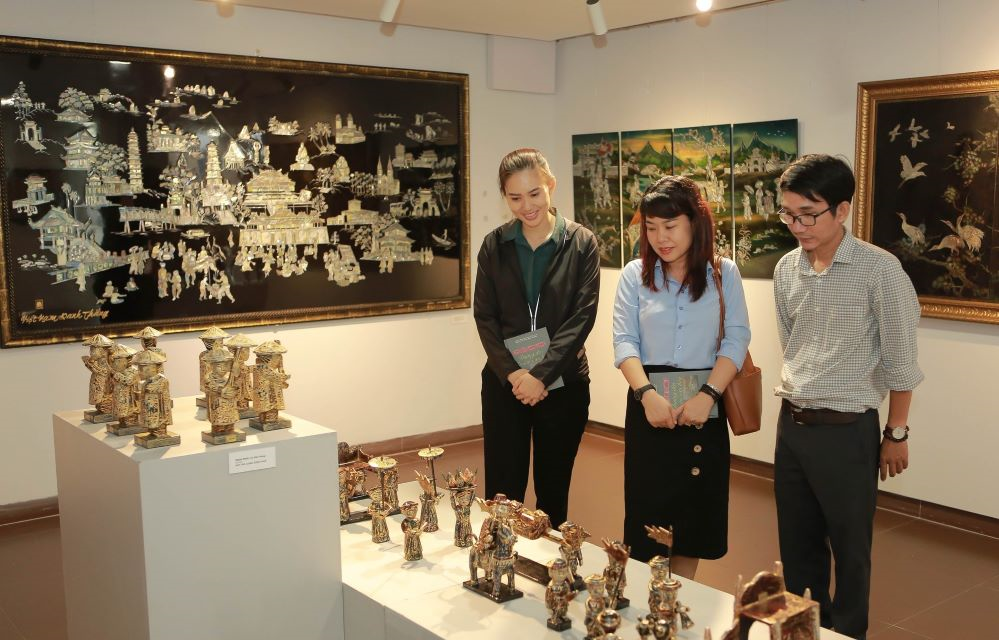



![[Photo] 60th Anniversary of the Founding of the Vietnam Association of Photographic Artists](/_next/image?url=https%3A%2F%2Fvphoto.vietnam.vn%2Fthumb%2F1200x675%2Fvietnam%2Fresource%2FIMAGE%2F2025%2F12%2F05%2F1764935864512_a1-bnd-0841-9740-jpg.webp&w=3840&q=75)

![[Photo] National Assembly Chairman Tran Thanh Man attends the VinFuture 2025 Award Ceremony](/_next/image?url=https%3A%2F%2Fvphoto.vietnam.vn%2Fthumb%2F1200x675%2Fvietnam%2Fresource%2FIMAGE%2F2025%2F12%2F05%2F1764951162416_2628509768338816493-6995-jpg.webp&w=3840&q=75)


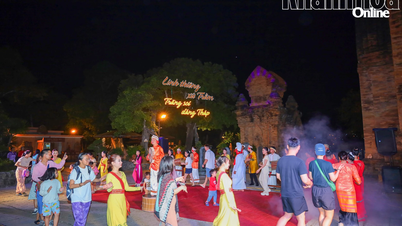

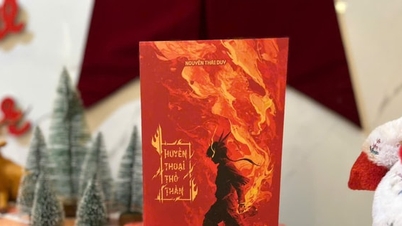



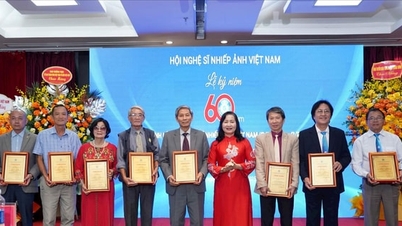
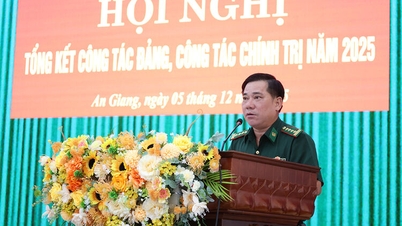





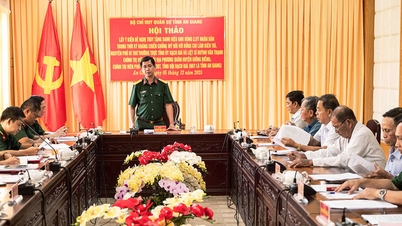
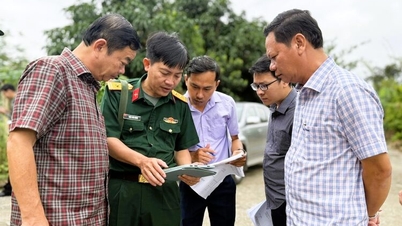

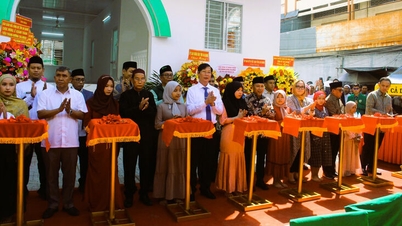





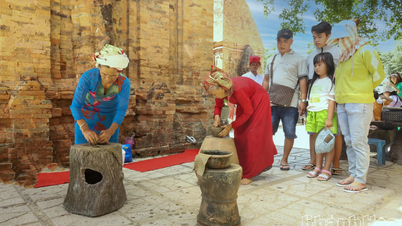


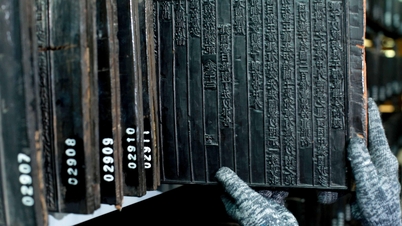







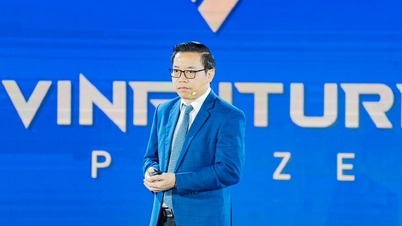

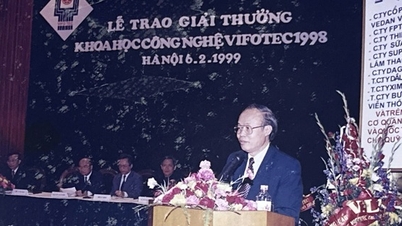

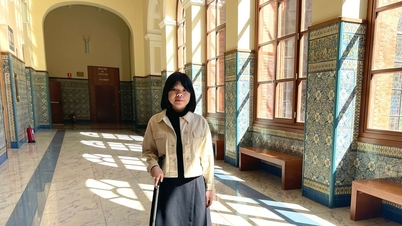



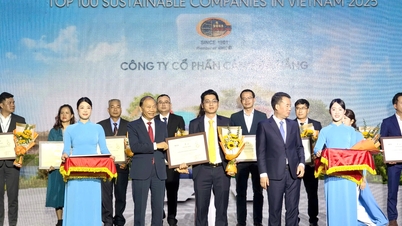
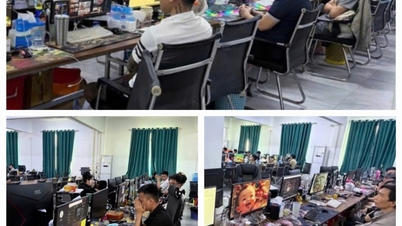
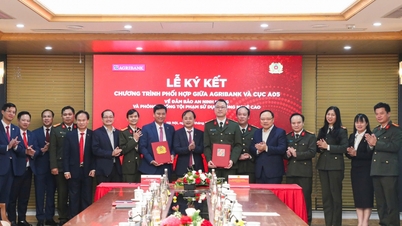

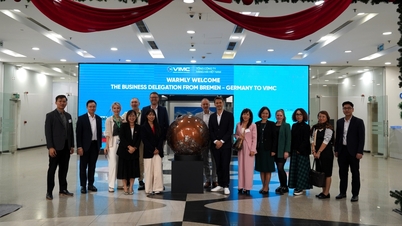
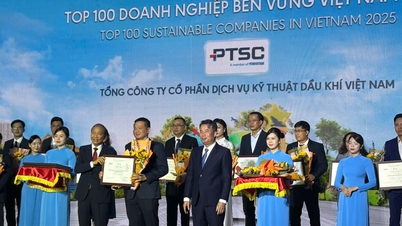







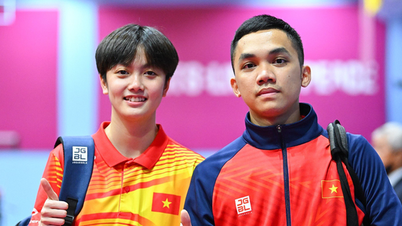


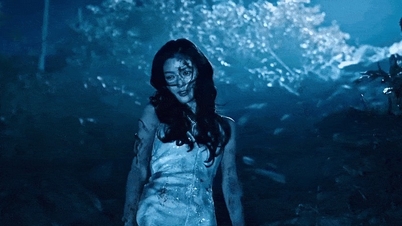

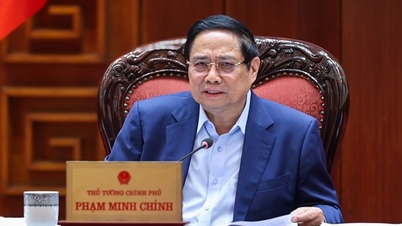
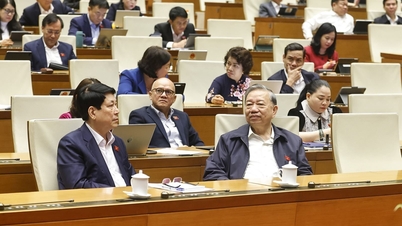
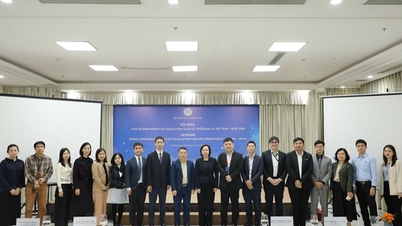
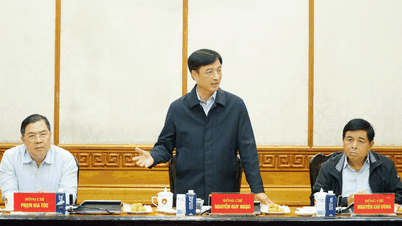

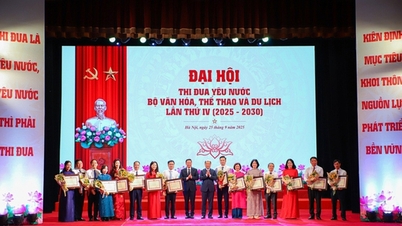

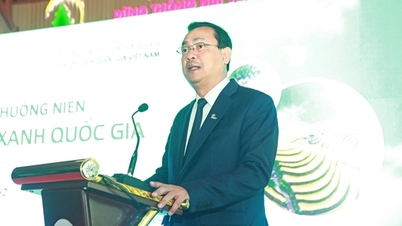
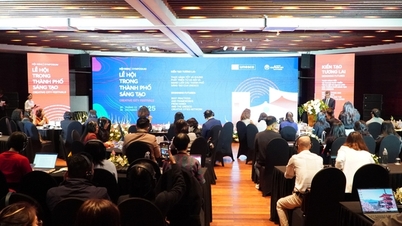
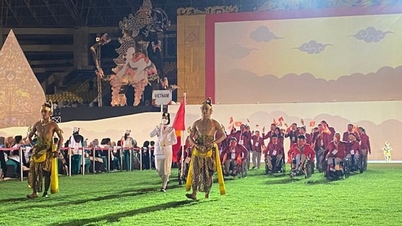
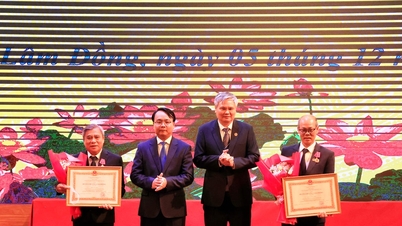

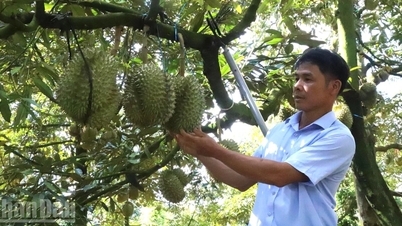
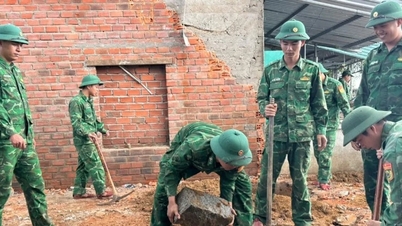
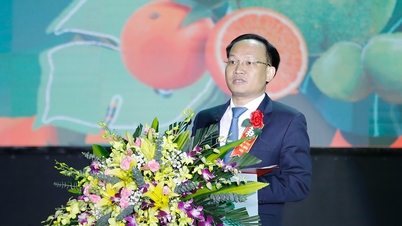

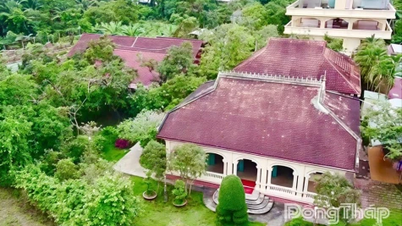

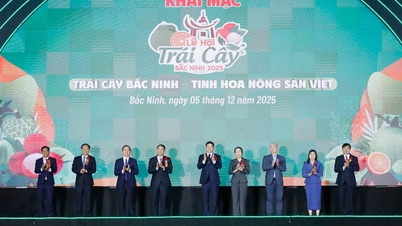
















Comment (0)